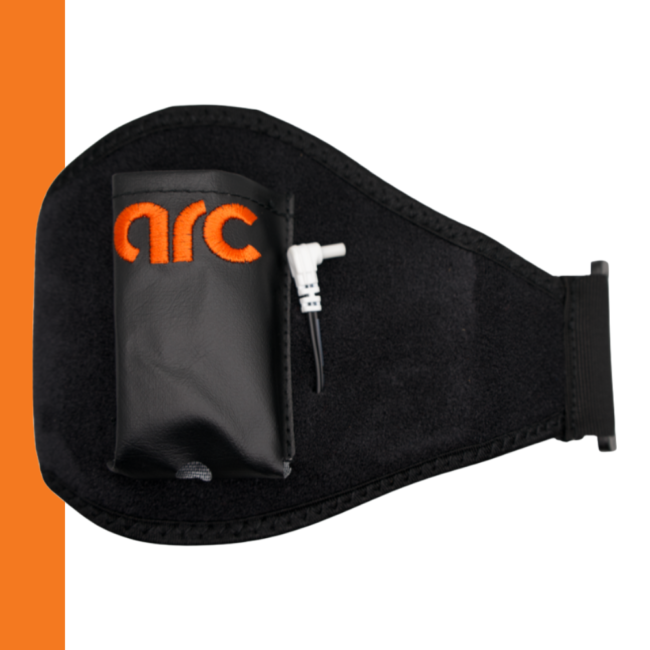
How can the Arc4Health support your Marathon journey? Have you ever experienced the intense soreness that comes after a long run or workout? This condition, known as Delayed Onset Muscle Soreness (DOMS), is a common issue among athletes and fitness enthusiasts. DOMS can last for several days and significantly hinder your performance and recovery. Fortunately, there is a revolutionary solution that can help alleviate DOMS and enhance your recovery process: the Arc4Health. This innovative technology utilises microcurrent therapy to promote healing, reduce inflammation, and increase circulation in the affected area. How does it work? The Arc4Health uses a low-level electrical current to stimulate the body’s natural healing process. The device emits tiny electrical impulses that penetrate the skin and muscles, promoting the release of endorphins and other healing chemicals. This process helps to reduce inflammation, improve circulation, and accelerate the recovery of damaged tissue. The Arc4Health is not only effective for treating DOMS but also a wide range of other conditions, including arthritis, fibromyalgia, and chronic pain. The device is portable and easy to use, making it an ideal solution for athletes who need quick and effective relief on-the-go.
Marathons and the Importance of Recovery Marathons are becoming increasingly popular, with millions of people participating in these events worldwide. Running a marathon is a significant accomplishment, but it also takes a toll on your body. The intense physical exertion can cause muscle damage, inflammation, and fatigue, leading to DOMS and other issues. Proper recovery is essential for marathon runners to prevent injuries and enhance their performance. Recovery involves rest, hydration, nutrition, and various therapies to help the body heal and repair itself. The Arc4Health is an effective tool that can help marathon runners recover faster and more effectively –SHOP YOURS NOW!
12 tips for your Marathon Journey

1. Start Gradually: Build mileage slowly if you’re new to running.
2. Follow a Plan: Use a structured training plan that suits your fitness level.
3. Be Consistent: Stick to your schedule, aiming for 3-4 runs per week.
4. Include Cross-Training: Add activities like cycling or strength training for balance.
5. Long Runs: Incorporate weekly long runs to build endurance.
6. Rest and Recover: Allow for rest days and prioritize sleep and nutrition.
7. Fuel Smart: Eat a balanced diet to support your training.
8. Listen to Your Body: Pay attention to signs of fatigue or injury.
9. Practice Race Conditions: Simulate race day scenarios during training.
10. Mental Preparation: Develop mental strategies to overcome challenges.
11. Taper: Reduce training volume in the weeks leading up to the marathon.
12. Race Day Strategy: Have a plan for pacing, hydration, and fuelling










